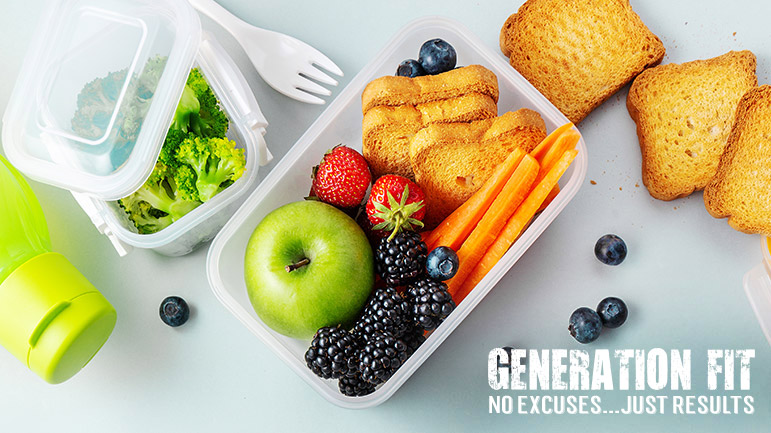


If their weight and size is on track, they are probably getting what they need. They will eat better at the next meal.ĭon’t worry too much if your child doesn’t seem to be eating enough. Refrain from giving them something else in between meals just so that they eat. Choose what to eat from the foods you provide at meal and snack time (and sometimes that may mean not eating at all).ĭon’t stress too much if your child refuses a food product or meal.Avoiding fast food restaurants shows your children the importance of enjoying mealtime as a family, while eating healthy home cooked meals.Show your child how you read labels to help you choose foods when shopping.Serve healthy dessert choices, such as a fruit cup or yogurt. Include your child in age appropriate food preparation and table setting.Help your children learn to use a spoon or cup so they can eat independently.For example, cut into pieces, or mash food to prevent choking in younger children. Offer food in ways they can manage easily.Offer a balance and variety of foods from all food groups at mealtimes.Share mealtimes and eat with your children. Set regular meal and snack times that work for the whole family.Limit processed meats, such as wieners and luncheon meats, which are also high in fat, sodium (salt), and nitrates (food preservatives). Read labels and avoid trans or saturated fats found in many store-bought products, such as cookies, donuts and crackers. Limit butter, hard margarines, lard and shortening. Many fats that are solid at room temperature contain more trans and saturated fats that can raise your risk of heart disease. Healthy fats are also found in salad dressings, non-hydrogenated margarines, nut butters (e.g. Cook with vegetable oils such as canola, olive and/or soybean. Healthy fats contain essential fatty acids like omega-3 and omega-6 that cannot be made in the body and must come from food. *Data from the National Academy of Sciences, Engineering and Medicine What about fat? (1 level teaspoon of table salt is 2,300 mg) Keep recommended sodium intake in mind when choosing foods for your child:.Look for foods with a sodium content of less than 15% DV. Use the % Daily Value (DV) on food labels to compare products.Too much sodium in childhood can lead to a preference for salty food, which is associated with obesity and/or disease later in life.Processed and pre-packaged foods tend to have high amounts of sodium.Offer your child healthy foods that are low in sodium as often as possible.But, eating too much sodium can lead to high blood pressure, which increases the risk of heart disease. It’s also needed for nerve and muscle function. Sodium is a mineral that maintains proper fluids in your body. Sometimes children will drink too much at mealtime or between meals, making them feel full.Serving actual fruit instead of fruit juice adds healthy fibre to your child’s diet.Limit juice to one serving (125 mL ) of 100% unsweetened juice a day.Offer water when your child is thirsty, especially between meals and snacks.It’s a good idea to limit them in your child’s diet. They may lead to a habit of only liking sweet foods and make it difficult for your child to adjust to fruits and vegetables. Sugar substitutes, such as aspartame and sucralose, do not add calories or cause tooth decay, but they are much sweeter than sugar and have no nutritional value.They all have similar calorie counts and also contribute to tooth decay. Limit refined sugars (sucrose, glucose-fructose, white sugar) honey, molasses, syrups, and brown sugar. Offer foods that don’t have added sugar or sugar substitutes.The best foods are whole, fresh and unprocessed-fresh fruits and vegetables, whole grains, dairy, and meats and home-cooked meals. Healthy snacks are just as important as the food you serve at meals. Children need a balanced diet with food from all 3 food groups-vegetables and fruit, whole grain products, and protein foods.Ĭhildren need 3 meals a day and 1 to 3 snacks (morning, afternoon and possibly before bed). As a parent, one of the most important things you do is to help your children learn healthy eating habits.


 0 kommentar(er)
0 kommentar(er)
